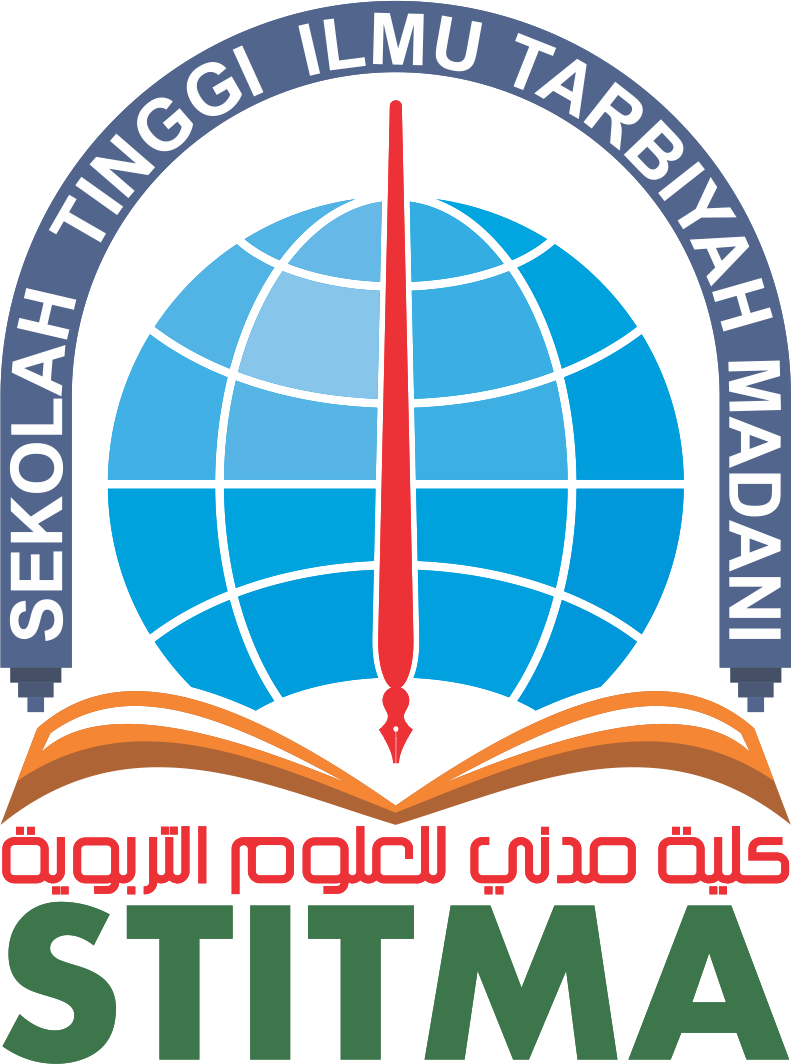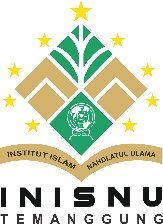Navigating Intersectionality: Gender, Disability, and Ethnic Equity in Secondary Education
DOI:
https://doi.org/10.59944/postaxial.v3i3.476Keywords:
Educational Equity; Intersectionality; Secondary Education; Gender and Disability; Ethnic Diversity in Schools;, Educational Equity, Intersectionality, Secondary Education, Gender and Disability, Ethnic Diversity in SchoolsAbstract
This study explores the intersectionality of gender, disability, and ethnicity in the pursuit of educational equity within secondary education contexts. Using a qualitative case study approach, the research examines how these overlapping identities influence students’ access to learning opportunities, treatment within school systems, and overall academic experiences. Data were collected through interviews with students, teachers, and administrators, as well as classroom observations and document analysis in three diverse secondary schools. The findings reveal that while policies often address issues of equity in isolation, students experience multiple, layered forms of marginalization that are frequently overlooked in implementation. Schools with inclusive practices grounded in intersectional awareness were more effective in addressing these complexities, fostering student engagement and improving academic and social outcomes. The study highlights the need for an educational framework that integrates intersectionality to better support equity efforts, particularly in multicultural and diverse learning environments.
References
Artiles, A. J., & Kozleski, E. B. (2007). Beyond convictions: Interrogating culture, history, and power in inclusive education. Language Arts, 84(4), 357–364.
Artiles, A. J., Kozleski, E. B., Dorn, S., & Christensen, C. (2010). Inclusive education: Examining equity on five continents. Harvard Education Press.
Banks, J. A., & Banks, C. A. M. (Eds.). (2010). Multicultural education: Issues and perspectives (7th ed.). Wiley.
Banks, J. A., Cochran-Smith, M., Moll, L., Richert, A., Zeichner, K., LePage, P., ... & Duffy, H. (2005). Teaching diverse learners. In L. Darling-Hammond & J. Bransford (Eds.), Preparing teachers for a changing world (pp. 232–274). Jossey-Bass.
Bowen, G. A. (2009). Document analysis as a qualitative research method. Qualitative Research Journal, 9(2), 27–40. https://doi.org/10.3316/QRJ0902027
Braun, V., & Clarke, V. (2006). Using thematic analysis in psychology. Qualitative Research in Psychology, 3(2), 77–101. https://doi.org/10.1191/1478088706qp063oa
British Educational Research Association. (2018). Ethical guidelines for educational research (4th ed.). https://www.bera.ac.uk/publication/ethical-guidelines-for-educational-research-2018
Collins, P. H., & Bilge, S. (2016). Intersectionality. Polity Press.
Crenshaw, K. (1989). Demarginalizing the intersection of race and sex: A Black feminist critique. University of Chicago Legal Forum, 1989(1), 139–167.
Crenshaw, K. (1991). Mapping the margins: Intersectionality, identity politics, and violence against women of color. Stanford Law Review, 43(6), 1241–1299. https://doi.org/10.2307/1229039
Creswell, J. W., & Poth, C. N. (2018). Qualitative inquiry and research design: Choosing among five approaches (4th ed.). SAGE Publications.
Cummins, J. (2000). Language, power and pedagogy: Bilingual children in the crossfire. Multilingual Matters.
Fielding, M. (2012). Beyond student voice: Patterns of partnership and the demands of deep democracy. Revista de Educación, 359, 45–65.
Fitrianto, I. (2019). ماليزيا بجامعة دار السلام كونتور العام: KUISتنفيذ الدورة المكثفة في اللغة العربية لطلاب الكلية الجامعية الإسلامية العالمية بسلانجور 2018 (Doctoral dissertation, University of Darussalam Gontor).
Fitrianto, I. (2024). Critical Reasoning Skills: Designing an Education Curriculum Relevant to Social and Economic Needs. International Journal of Post Axial: Futuristic Teaching and Learning, 245-258.
Fitrianto, I. (2024). Innovation and Technology in Arabic Language Learning in Indonesia: Trends and Implications. International Journal of Post Axial: Futuristic Teaching and Learning, 134-150.
Fitrianto, I. (2024). Strategi Guru Pai Dalam Mengatasi Kesulitan Belajar Pada Mata Pelajaran Hadis Kelas 8 MTS Ibadurrahman Subaim. IJER: Indonesian Journal of Educational Research, 356-363.
Fitrianto, I., & Abdillah, F. M. (2018). MODEL PEMBELAJARAN PROGAM PEMANTAPAN BAHASA ARAB DAN SHAHSIAH (KEMBARA) KE 4 MAHASISWA KOLEJ UNIVERSITI ISLAM ANTAR BANGSA SELANGOR (KUIS) TAHUN 2018. University of Darussalam Gontor 15-16 September 2018, 121.
Fitrianto, I., & Hamid, R. (2024). Morphosemantic Changes in the Arabic Language in the Social Media Era: A Study of Neologisms and Their Impact on Youth Communication/التغيرات المورفوسيمانتية في اللغة العربية في عصر وسائل التواصل الاجتماعي: دراسة حول النيو لوغيزم وتأثيرها على تواصل الشباب. IJAS: International Journal of Arabic Studies, 1(1 September), 25-39.
Fitrianto, I., & Saif, A. (2024). The role of virtual reality in enhancing Experiential Learning: a comparative study of traditional and immersive learning environments. International Journal of Post Axial: Futuristic Teaching and Learning, 97-110.
Fitrianto, I., Hamid, R., & Mulalic, A. (2023). The effectiveness of the learning strategy" think, talk, write" and snowball for improving learning achievement in lessons insya'at Islamic Boarding School Arisalah. International Journal of Post Axial: Futuristic Teaching and Learning, 13-22.
Florian, L., & Black-Hawkins, K. (2011). Exploring inclusive pedagogy. British Educational Research Journal, 37(5), 813–828. https://doi.org/10.1080/01411926.2010.501096
Gay, G. (2010). Culturally responsive teaching: Theory, research, and practice (2nd ed.). Teachers College Press.
Gillborn, D. (2015). Intersectionality, critical race theory, and the primacy of racism: Race, class, gender, and disability in education. Qualitative Inquiry, 21(3), 277–287. https://doi.org/10.1177/1077800414557827
Khalifa, M., Gooden, M. A., & Davis, J. E. (2016). Culturally responsive school leadership: A synthesis of the literature. Review of Educational Research, 86(4), 1272–1311. https://doi.org/10.3102/0034654316630383
Kozleski, E. B., & Artiles, A. J. (2012). Equity in inclusive education. In C. Forlin (Ed.), Future directions for inclusive teacher education (pp. 55–70). Routledge.
Kvale, S., & Brinkmann, S. (2015). Interviews: Learning the craft of qualitative research interviewing (3rd ed.). SAGE Publications.
Ladson-Billings, G. (2006). From the achievement gap to the education debt: Understanding achievement in U.S. schools. Educational Researcher, 35(7), 3–12. https://doi.org/10.3102/0013189X035007003
Merriam, S. B., & Tisdell, E. J. (2016). Qualitative research: A guide to design and implementation (4th ed.). Jossey-Bass.
OECD. (2018). Equity in education: Breaking down barriers to social mobility. OECD Publishing.
Patton, M. Q. (2002). Qualitative research and evaluation methods (3rd ed.). SAGE Publications.
Reynolds, V., & Shay, M. (2016). Equity and justice in education: From policy to practice. International Journal of Inclusive Education, 20(9), 977–991.
Sadker, D., & Zittleman, K. R. (2009). Still failing at fairness: How gender bias cheats girls and boys in school and what we can do about it. Scribner.
Skiba, R. J., Horner, R. H., Chung, C.-G., Rausch, M. K., May, S. L., & Tobin, T. (2011). Race is not neutral: A national investigation of African American and Latino disproportionality in school discipline. School Psychology Review, 40(1), 85–107.
Slee, R. (2011). The irregular school: Exclusion, schooling and inclusive education. Routledge.
UNESCO. (2020). Global education monitoring report: Inclusion and education – All means all. Paris: UNESCO.
Unterhalter, E., North, A., Arnot, M., Lloyd, C., Moletsane, R., Murphy-Graham, E., ... & Saito, M. (2020). Girls' education and gender equality. Education Development Trust.
Waitoller, F. R., & Artiles, A. J. (2013). A decade of professional development research for inclusive education: A critical review and notes for a research program. Review of Educational Research, 83(3), 319–356. https://doi.org/10.3102/0034654313483905
WHO & World Bank. (2011). World report on disability. World Health Organization.






